10 Tips To Make Your Inner Bicep Tattoos Pain Less
Embrace a comfortable, confident, and pain-free inking journey with our guide.

Image: Shutterstock
Getting an inner bicep tattoo is like starting a new chapter in your style book. It is a bold expression of individuality, and the inner bicep offers a prime canvas for creative colored tattoos. But inner bicep tattoo pain is quite something to make even the pro tattoo enthusiasts flinch. It is smart to be aware of the pain that might come with a tattoo experience before the tattoo needle pierces through this sensitive spot. While an inner bicep tattoo may not be as easy to endure as an outer thigh tattoo, the tattoo process can be made bearable in terms of pain. Here, we will give you the lowdown on what to expect and tips for making it as comfortable as possible. So, let us get you prepped and ready for your tattooing experience with confidence. Read on to learn more about the pain associated with bicep tattoos before you head for that tattoo appointment.
In This Article
Do Bicep Tattoos Hurt?
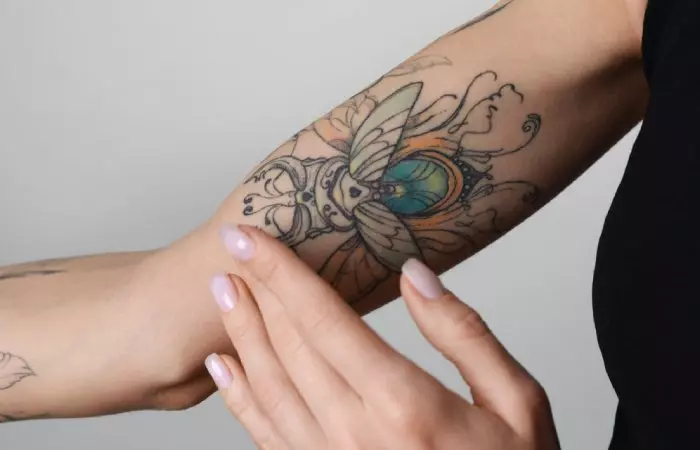
Let us talk about what’s on everyone’s mind when they sit in the chair offered by a tattoo artist: the pain and the required pain tolerance when the tattoo needle pierces through. If you’re bracing yourself for your first tattoo and have an elaborate tattoo design in mind, you’re probably wondering if you’ll need to grit your teeth and bear it.
Well, those who go for outer bicep tattoos generally experience less wincing and easier breathing, as the outer bicep and the outer shoulder area have thicker skin and a nice layer of muscle underneath that acts as a cushion. So, when the needle dances here, it’s more of a mild annoyance than sharp pain. Most people describe the sensation as a vibrating needle dragging across the delicate skin—a bit uncomfortable, sure, but nothing that would have them clenching their fists. Naturally, this region also ranks lower in the tattoo pain charts. The inner bicep, on the other hand, has a softer and thinner skin and is more susceptible to pain than many other tattoo locations.
The tattoo experience is not all a walk in the park, especially in an area with lots of nerve endings and delicate skin. Also, the level of pain you’ll feel has a lot to do with your personal pain threshold. Everyone’s body reacts differently, so what feels like a slight nuisance to one person could be a more intense experience for another with a lower level of pain tolerance. For example, some might find stomach or finger tattoos bearable, while others find them extremely painful.
 Did You Know?
Did You Know?Factors like skin sensitivity, muscle density, and even your state of mind can affect how much the tattoo process will sting. Learn about these in the next section before you enter the tattoo parlor.
Key Takeaways
- Bicep tattoos generally cause mild discomfort, with outer areas being less sensitive due to muscle cushioning.
- Individual pain thresholds influence the level of discomfort experienced during tattooing.
- Inner bicep tattoos tend to be a more painful experience, as the area is sensitive with thinner skin and more nerve endings.
- Proper nourishment, hydration, adequate rest, and employing distraction and relaxation techniques can minimize tattoo pain.
How Bad Do Inner Bicep Tattoos Hurt?
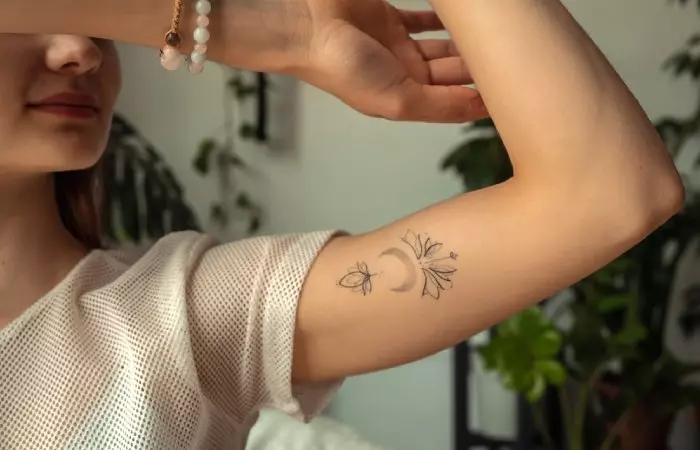
The inner bicep is considered one of the most painful tattoo spots on the body, as it has a thinner skin and is not as used to contact as your outer arm. Due to this, the tattoo needle might feel sharper with a consistent, stinging pain — kind of like a steady pinching or a scratch that keeps going. However, those with mid-to-low pain tolerance will feel the pain more strongly than others (1).
Areas like the outer elbow muscle, right under your armpits, and where your arm bends are the most painful tattoo spots in the inner bicep region due to delicate skin and an abundance of nerve endings. The axillary nerve, radial nerve, and other individual nerves pass through it, increasing its sensitivity more than other areas during the tattooing process. Getting inked there can make you squirm a bit more.
Caroline, a blogger, shared her experience of getting an inner bicep tattoo and the intense tattoo pain she endured. She wrote, “Another reason might’ve also been the location I wanted. The inner bicep is a notoriously painful spot for a tattoo. I can tell you, from personal experience, that I found it to be agonizing. I had pretty bad bruising for about a week afterwards (i)!” If you too have constant redness or itching after getting your tattoo, consult your dermatologist or tattoo artist immediately.
 Did You Know?
Did You Know?The type of tattoo pain also depends on your tattoo designs. For example, a small 15-minute simplistic script will definitely hurt less than a larger tattoo with an 8-hour tattoo session. So, the inner bicep can be a bit touchy for a tattoo, but remember, tons of people get tattoos in this spot and end up happy with their choice.
You too can get through it with some prep and a positive attitude and come out with a tattoo design you’re proud of. Learn more in the section below.
How To Make Inner Bicep Tattoos Hurt Less?
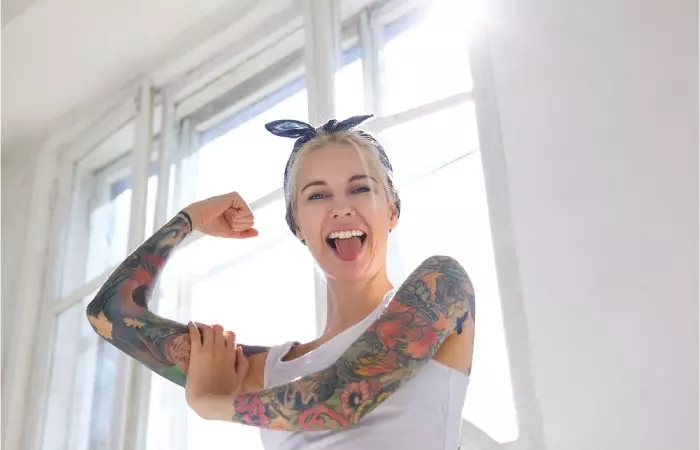
Want to make your tattoo experience a little easier? Here are some pointers you need to know before you step into the tattoo parlor for that fresh tattoo:
- Make sure you eat a proper meal 3 hours before your tattoo appointment. A full stomach helps you deal with pain better, maintains your blood sugar levels, and keeps you from feeling dizzy and throwing up.
- Getting a good night’s sleep before the tattoo session is key. Anecdotal evidence suggests that if you’re tired, you might feel the pain more sharply, especially since the inner bicep tattoos are already high on the tattoo pain charts.
- Mentally prepare yourself to bear the pain days before the tattoo. Try to visualize the entire tattoo process, from the start to the end of the design. Going through the tattoo process in your mind will allow you to anticipate and manage the pain and discomfort in a better way. Consider meditating a night before getting the tattoo to calm yourself down and stay composed throughout the session.
- Many tattoo artists suggest that hydrated skin takes the ink better and might even lessen the pain. So try to consume at least 8 glasses of water within 24 hours leading up to your appointment and drink some water before the session.
- Chat with the tattoo artist, listen to some music, or focus on something else in the room to distract yourself.
- If you are really nervous about the pain, talk to your artist about using a topical anesthetic or numbing cream before you get started. You can also ask for the cream during tattoo sessions if you feel uncomfortable.
- Deep, steady breaths to manage your anxiety levels and the discomfort of the painful tattoo spots.
- It is a common notion in the tattoo world that caffeine and alcohol can increase your pain sensitivity, so avoid having them before your session.
- Choose a skilled tattoo artist to ensure efficient and careful needlework.
- Schedule the tattoo session when you are least prone to stress.
- Aftercare is key; follow your artist’s instructions to minimize post-session pain.
By following these tips, you should be able to take on the tattooing process with less pain and more confidence.
Getting a bicep tattoo is a bearable tattoo experience for most. While the inner bicep might test your resolve a little more, it’s not insurmountable, especially if your pain tolerance is high. Taking proper measures for preparation can ease the stinging pain. Use distraction techniques, consider applying numbing products if needed, and remember to breathe through the more challenging moments.
With the right mindset and strategies, you will find yourself on the other side of the tattoo needle with fresh, impressive ink – and a story about how you conquered the discomfort. Whether it is your first tattoo or another addition to your collection, the inner bicep offers an ideal space to showcase your personal narrative or artistic passion. So, go forth confidently, knowing that pain is temporary, but a great tattoo is forever.
Frequently Asked Questions
How long does the pain last during and after the inner bicep tattoo session?
Getting a tattoo on the inner bicep can be painful, as it is a sensitive area with thinner skin and major nerve endings. The pain level varies from person to person, but it is generally considered to be a 6 out of 10 on the pain scale. The pain can last during the tattoo session and for a few days after, but it should subside within a week or two.
Will gaining muscle harm my bicep tattoo?
Moderate gain in muscles will stretch your skin but it should not harm your bicep tattoo, as long as you take care of it properly during the healing process. However, fast and significant muscle gain may damage the tattoo. It might lead to stretch marks, which may further warp the design. Therefore, for the first few days, avoid strenuous exercise and activities that may cause excessive sweating or rubbing against the tattoo. After it has healed, you can resume your normal exercise routine without any harm to the tattoo.
When is the best time to get a bicep tattoo?
The best time to get a bicep tattoo is when you have enough time to properly care for it during the healing process. Avoid getting a tattoo during the summer months when you may be more exposed to the sun and sweating, which can increase the risk of infection and fading. Also, try not to get a tattoo when you have a big event or vacation planned, as it may interfere with the healing process.
Is it better to get tattoos before or after gaining muscle?
Yes, it is generally recommended to get tattoos after gaining muscle, as the tattoo may stretch and distort if you get it before. However, consider waiting until the muscle has fully healed and settled before getting a tattoo, as the stretching and contracting of the muscle during the healing process can also affect the tattoo.
Inner bicep tattoo pain is significantly higher than in other areas where you commonly get tattooed. Learn more in the video below about inner and outer bicep tattooing and other painful tattoo spots and how much it hurts.
Personal Experience: Source
StyleCraze's articles are interwoven with authentic personal narratives that provide depth and resonance to our content. Below are the sources of the personal accounts referenced in this article.
(i). So This Is Permanencehttps://carolineroyce.wordpress.com/2016/02/11/so-this-is-permanence/
References
Articles on StyleCraze are backed by verified information from peer-reviewed and academic research papers, reputed organizations, research institutions, and medical associations to ensure accuracy and relevance. Read our editorial policy to learn more.
- Gender Differences In Subjective Pain Perception During And After Tattooing
https://www.mdpi.com/1660-4601/17/24/9466
Read full bio of Anastasiia Gatsko
Read full bio of Aparna Harry
Read full bio of Shatabdi Bhattacharya
Read full bio of Pahul Nanra






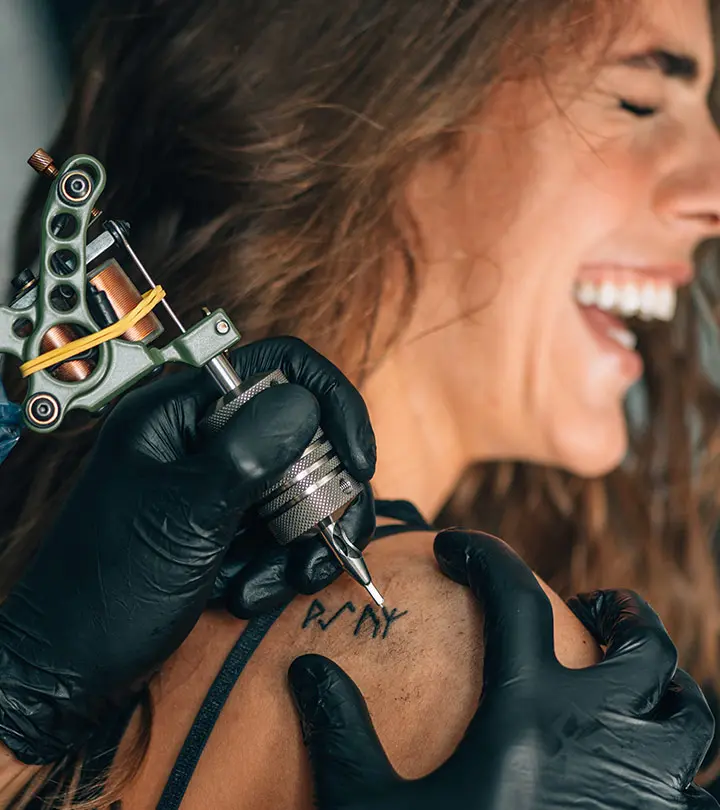

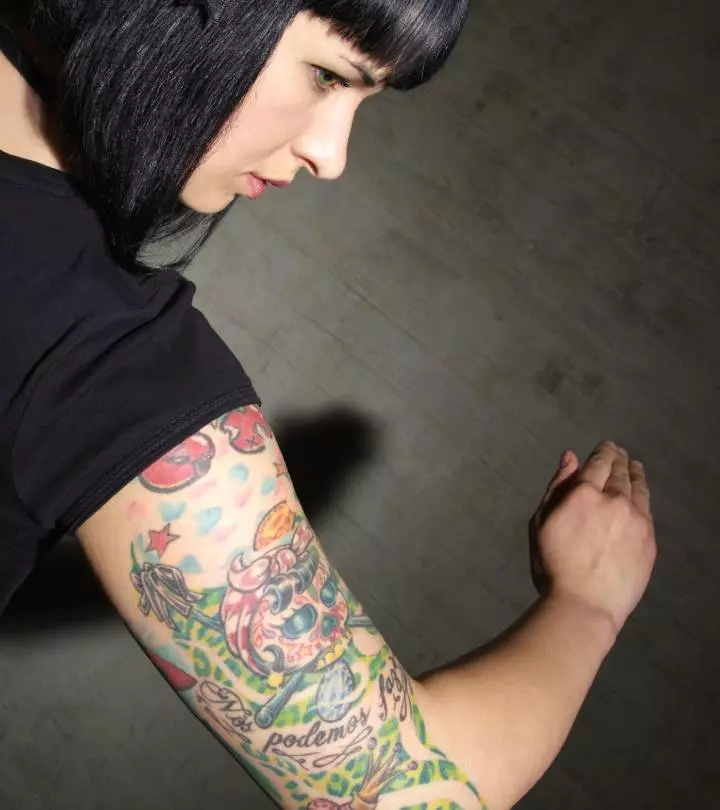
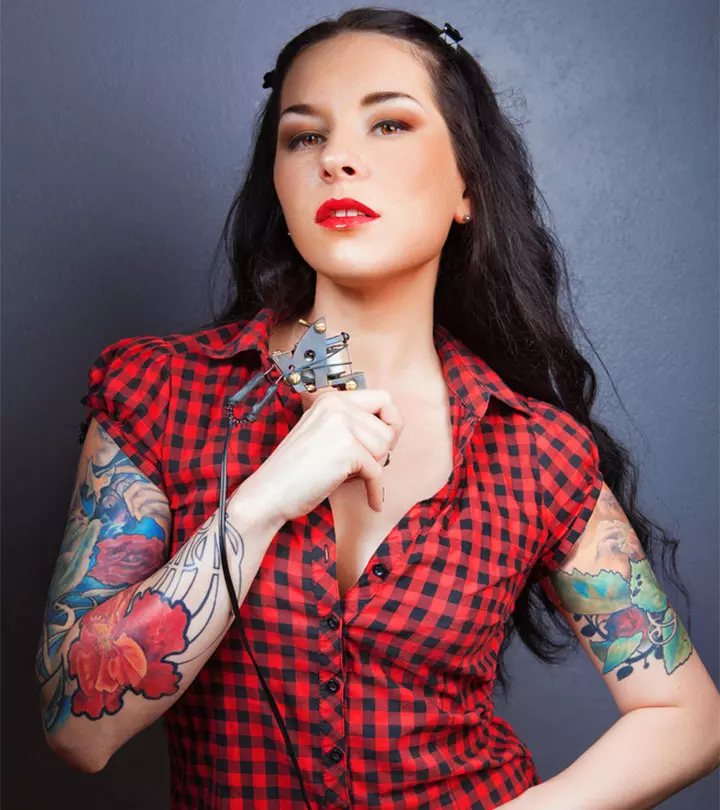
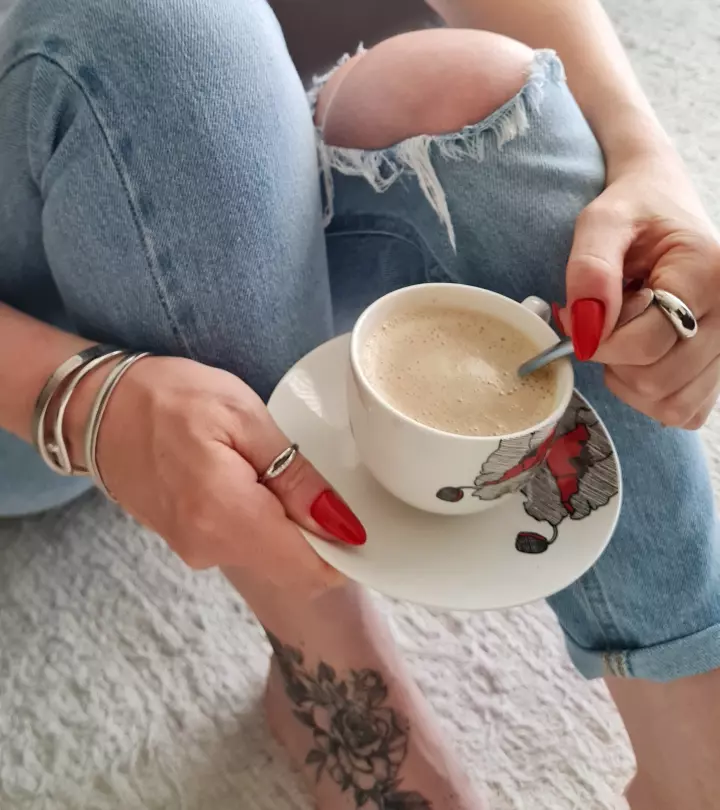
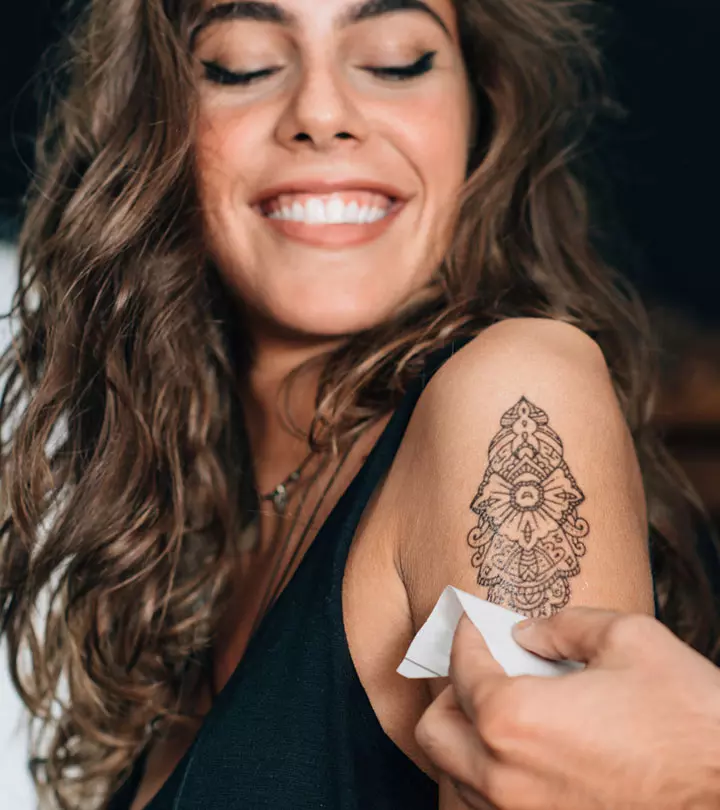


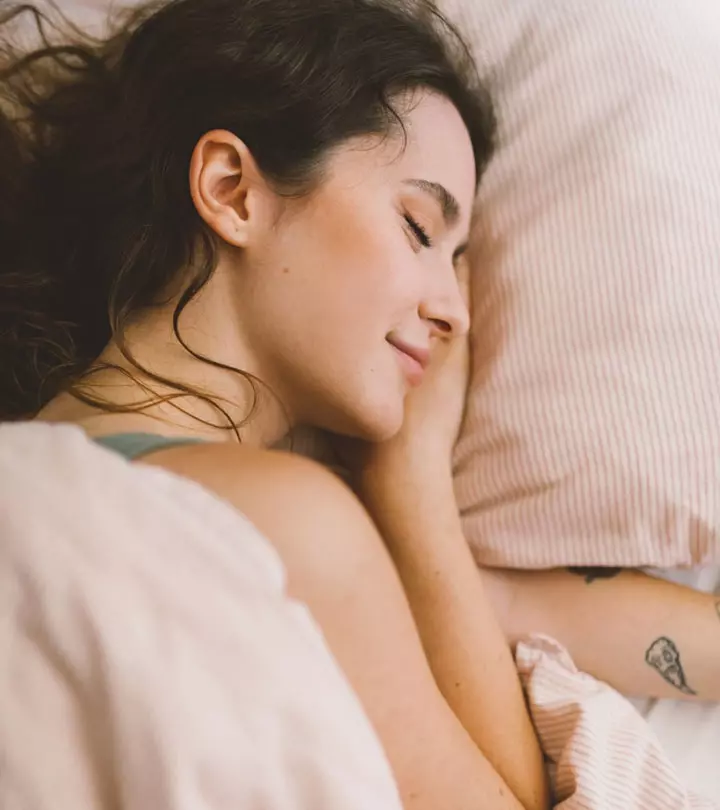
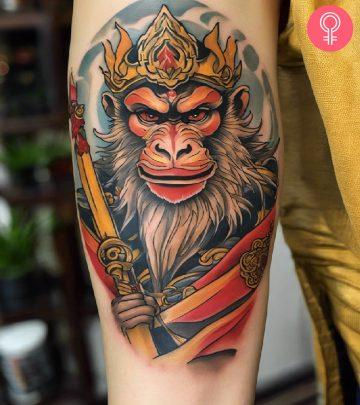
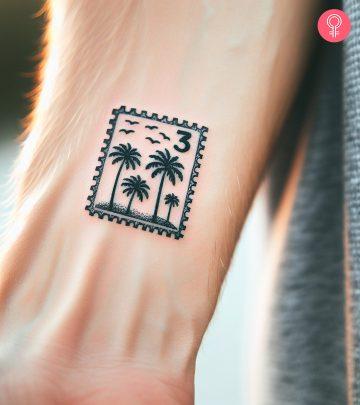


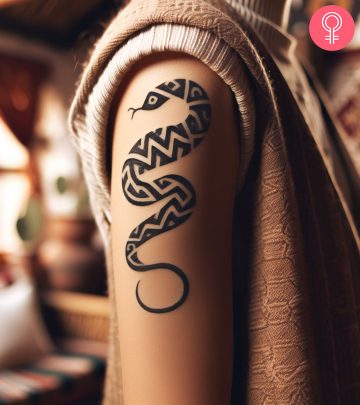
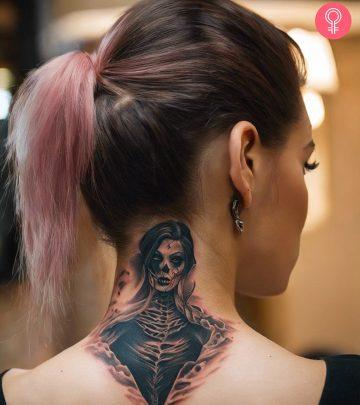
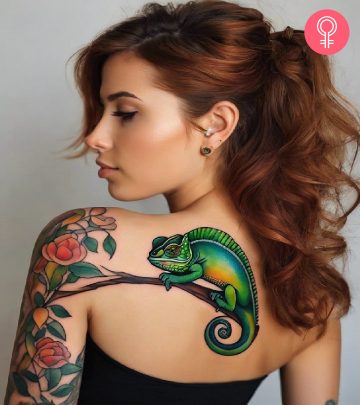
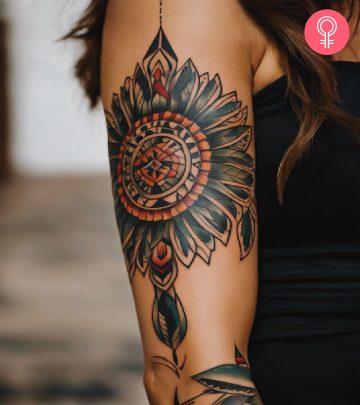
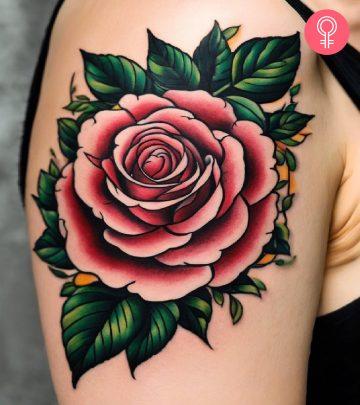
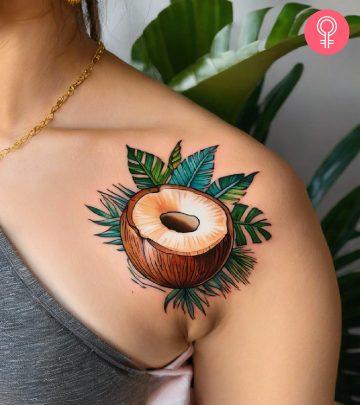
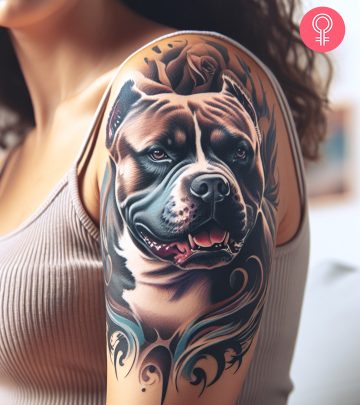

Community Experiences
Join the conversation and become a part of our empowering community! Share your stories, experiences, and insights to connect with other beauty, lifestyle, and health enthusiasts.